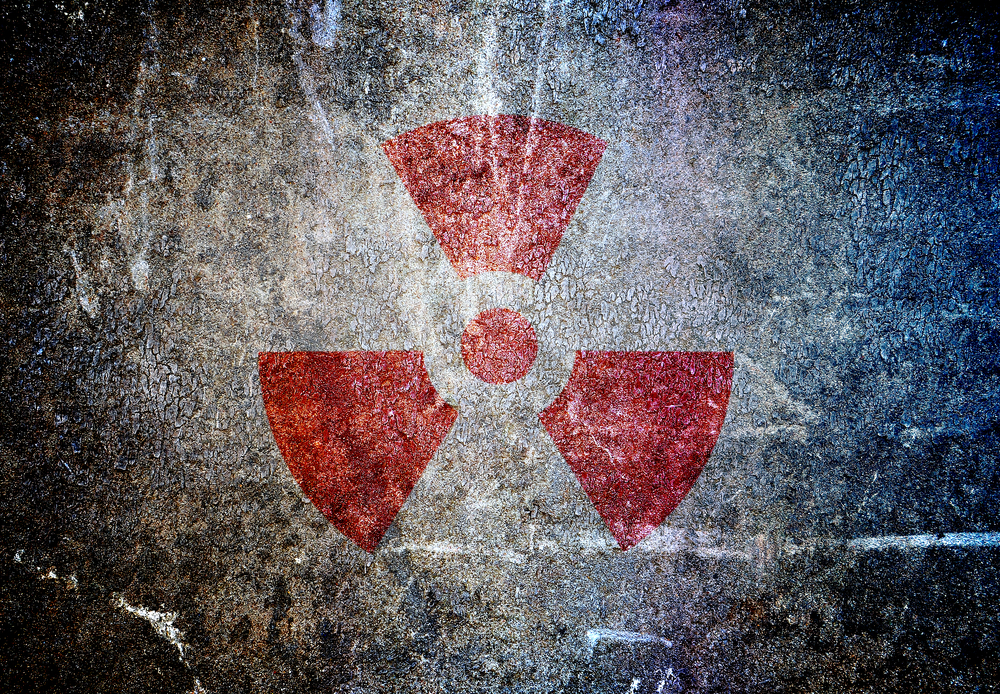
The U.S. Department of Homeland Security (DHS) published guidance for first responders and emergency managers on how to respond in the first minutes of a radiological dispersal device (RDD), or “dirty bomb.”
The guidance was developed by the DHS’s Science and Technology Directorate (S&T) National Urban Security Technology Laboratory (NUSTL), in partnership with the Federal Emergency Management Agency (FEMA) and the Department of Energy (DOE) National Nuclear Security Administration (NNSA).
The guidance, called the Radiological Dispersal Device Response Guidance Planning for the First 100 Minutes, includes five missions and ten tactics to address initial response efforts.
“The Guidance provides emergency planners and first responders across the nation with a playbook of best practices to start from in planning for an RDD detonation response,” Ben Stevenson, program manager at S&T NUSTL, said.
The S&T’s NUSTL is now working to make it accessible to the responder communities so they can incorporate it into their planning efforts.
An RDD or “dirty bomb” would have major consequences for public safety, responder health, and critical infrastructure operations. First responders must quickly assess the hazard, make protective action recommendations, treat the injured, and secure the scene.
S&T’s NUSTL worked with DOE’s Lawrence Livermore National Laboratory to develop the tactics using a realistic RDD detonation scenario. It helped instruct response actions; show appropriate personal protective equipment; and provide realistic radiological readings that responders may see during a response.
Next, the S&T will develop a train-the-planner course for emergency planners training federal personnel located regionally across the country who support state and local activities. It will be offered as a mobile course and yield the basis of an RDD response plan for a local community.
“Partnering with other agencies to develop and deliver the train-the-planner course brought together expertise from across the nation to ensure the training course will meet the objectives,” James Dansby, program manager at FEMA, said.




